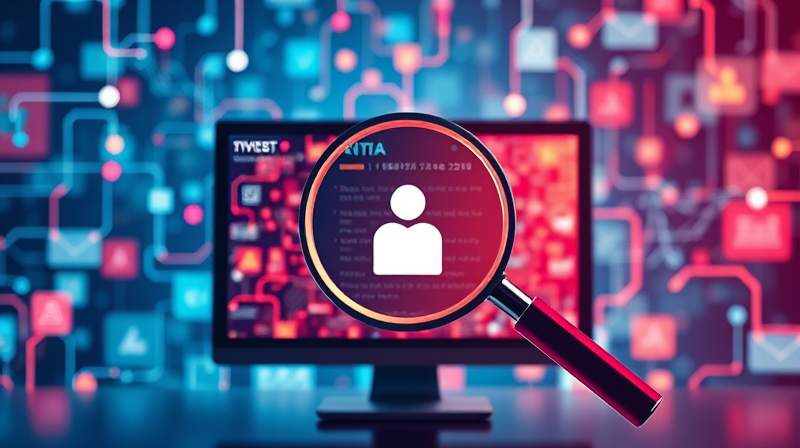Social media serves as a vital source of information for billions, yet it is also a stage for misinformation. As digital platforms continue to influence public opinion, verifying the credibility of online information is crucial for informed discussions and democratic discourse.
Each day, users are exposed to a spectrum of content that can shape perceptions, often without adequate checks on authenticity. This article outlines tools, strategies, and emerging trends to help you confidently verify information found on social media.
Challenges in the Digital Age
Misinformation on social media presents several challenges, not the least of which is the rapid spread of deceptive content. Algorithms often favor engagement over accuracy, making it easy for misleading narratives to gain traction.
The use of AI-driven deepfakes and other sophisticated techniques further complicates the task of separating fact from fiction. Community-driven moderation systems, despite their good intentions, sometimes struggle with partisanship and limited expertise, reducing trust in fact-checking efforts.
- Misinformation Amplification: Algorithms promote popular content regardless of its accuracy, enabling falsehoods to spread quickly.
- Deepfakes and AI-Generated Content: Advanced AI tools now create realistic, yet misleading visuals and narratives.
- Crowdsourced Moderation Limitations: Community-based models may fall short due to inherent biases and training gaps.
- Erosion of Trust: A lack of transparency in handling misinformation further weakens public confidence.
Effective Tools and Methods for Fact-Checking
Several reliable methods and resources are available to help verify the authenticity of social media content. Fact-checking organizations, such as Snopes, PolitiFact, and FactCheck.org, provide independent reviews of online claims, offering valuable context and credibility ratings.
In addition, innovative verification tools have emerged to address modern challenges:
- AI-Powered Verification Tools: Tools like BotSlayer detect bot activity and coordinated disinformation campaigns, while gamified applications like Factitious train users to distinguish between real and fake news.
- Blockchain-Enabled Systems: Misinformation Detector utilizes blockchain to track content authenticity and source credibility.
- Image Verification Techniques: Utilizing reverse image searches and metadata analysis serves as a vital step in confirming an image's origin.
Social media platforms themselves are continuously evolving. Efforts include blending AI with third-party fact-checkers and employing video and biometric verification to reduce fraudulent impersonation.
Emerging Trends in Information Verification
Innovation in digital verification is not confined to tools alone. Emerging trends highlight transformative methods:
- Biometric Verification: Enhanced liveness detection is being used to validate user authenticity and counter deepfake technology.
- Decentralized Identity Systems: Blockchain-based approaches provide individuals more control over their digital identities, bolstering both privacy and trust.
- Legislative Measures: Acts such as the Kids Online Safety Act (KOSA) emphasize the adoption of robust verification practices to shield vulnerable groups from harmful content.
- Education and News Literacy: Strengthening critical thinking and digital literacy enables users to better assess the reliability of incoming information.
The Path Forward
Public trust in independent fact-checking continues to rise as users demand greater accountability from online platforms. Survey results indicate a strong preference for collaboration between social media companies and independent organizations to combat misinformation.
Ultimately, enhancing digital literacy, bolstering the ecosystem of verification tools, and encouraging transparency in algorithmic content curation will empower users to navigate the digital landscape with confidence.
This ongoing commitment to accuracy and education is the cornerstone for mitigating the risks of misinformation. By embracing these strategies, society can better ensure that the truth prevails in the complex realm of social media.








